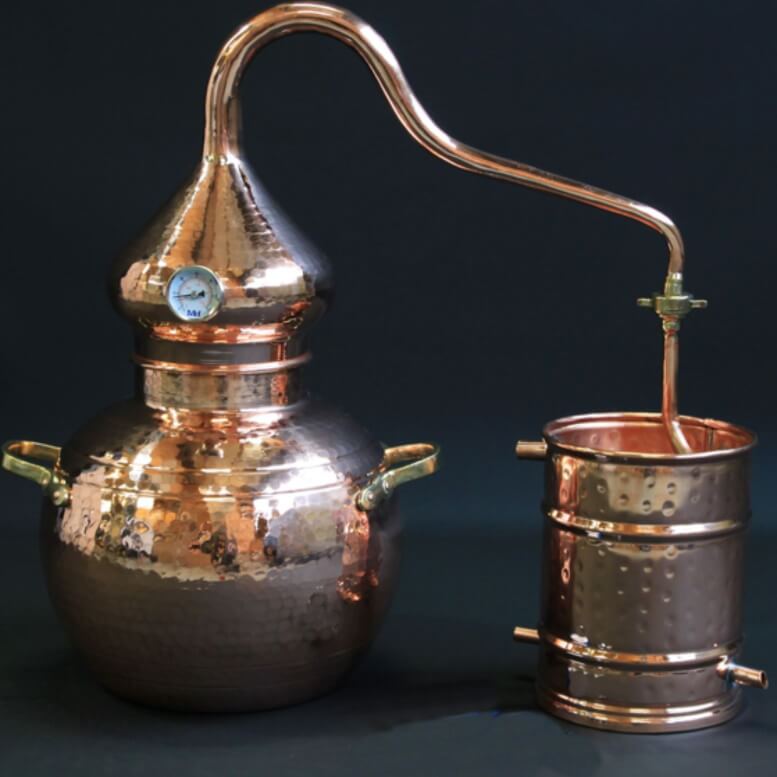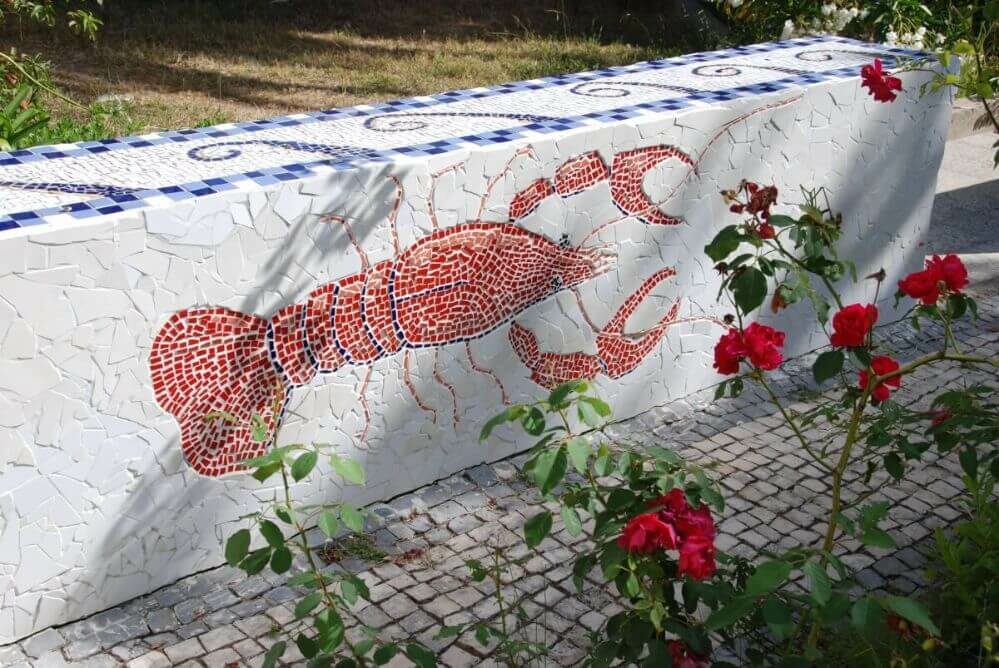“Espere, espere …” Dário mysteriously disappears into the kitchen to grab something, apparently. “Oh Dona Helena! Olhe aqui … tente isso … Look, try this … “ He looks at me expectantly as I take a small sip from the small glass.
“This is a typical Portuguese drink,” he says proudly
“O Dário … tão bom! So good!” It is sweet, fruity, full of flavour, and tastes like pure nature. A bit strong but not too much – totally awesome. What is it? “This is Jeropigo, a friend of mine is making it. When he has made wine, he throws this and that and the skins into the alembic, and this comes out. Maria loves it!” “Me, too!” I shout spontaneously, “and it’s dangerous too, you’d drink glasses full of it, but it’s stronger than you think, isn’t it?”
Yeahyeahyeah … it’s stronger than you think, but I can easily get my own kitchen after one glass. I’ve never heard of it, Jeropigo … let’s google it. Ah! An autumn drink, to go with the chestnuts!

Jeropiga ingredients: 1 liter of aguardente (just wait, we’ll get to that in a moment), 2 liters of “soup juice” (everything left over after making wine), 300 grams of sugar, 1 cinnamon stick (luckily it doesn’t taste like cinnamon, blèh! ) 1 clove.
The wort can be stored with a significant weight on top until it begins to ferment. You smell that, and then it’s good to use. And then there it goes, into the alembic.
You may not be able to buy Aguardente outside of Portugal.
Also a typical Portuguese drink
How is that made? The story goes that it originated in a village, where the water regularly splashed against the rocky walls. Water is nice, we need it, but too much is …. well, too much.
Water is água in Portuguese, and ardente is fiery. Fire water – the Indians knew it right away – is a dangerous substance. Especially if you can make it yourself. You can make aguardente from many different fruits, as long as you have an alembic. Traditionally, it is made from medronhos, the fruit of the strawberry tree.

How typically Portuguese can a drink be?
Beirão has a long history. It was already produced in the 19th century as a medicine for stomachaches, in Lousã, before it was called Licor Beirão. Good trick, to call your liqueur a medicine, but the bureaucrats stopped buying that story at a certain point. As a liqueur, it continued to be produced and became more and more popular, especially after it entered a competition at the Congress of Beirão in 1929, where it earned a gold medal.
In 1940 the factory was bought by José Carranca Redondo. In the 1960s, Senhor Redondo brought the liqueur to national success. His motto – he always said that the chicken clucks after laying an egg – was the reason for the launch of the first national advertising campaign with billboards.

If you really want to taste something Portuguese with a capital letter, you should try Beirão. And if you don’t like alcohol, just have a glass of Sumol. Just as sweet, it must also contain secret ingredients, and it is the Portuguese counterpart of Fanta.
Sagres vs Superbock
The northeners drink Superbock, in the south it’s Sagres. Or was it the other way around…? I think the difference also has to do with which football team you support. Oops … Benfica or Sporting supporters (Lisbon) drink Sagres, Porto supporters Superbock, or was it the other way around … ? As far as I’m concerned: a cold beer is nice when it’s hot in the summer, and preferably Superbock, because Sagres is sweet. And well, sorry, but beer has to be a bit bitter.
If all that alcoholic happening above (or last night) makes you dizzy, no problem. In the morning you walk (or stagger) to the pastelaria, and you order “uma bica cheia”.
Then you get a tiny cup of coffee that immediately makes you stand up straight again.
.
We moved here in 2000 from Rotterdam, Holland to the Termas-da-Azenha, Portugal.
A big step, especially with two small children.
We are busy to rebuild one of portugals cultural heirlooms: Termas-da-Azenha, an old spa which has been turned into several holiday houses, rooms and a campsite.
You’ll find mosaics and paintings everywhere.
Since 2018 we call ourselves the first B&B&B in the world – Bed & Breakfast & Bathrobes. You can buy a home-made unique bathrobe/housecoat with us.
Each week a little blog about what is happening around us. An easy read. A few minutes in another world. A little about what it going on in Portugal. If you plan your holiday to Portugal, it might be a nice preparation
You can subscribe to this blog- see at the right side of this page »
You’ll get it every weekend in your mailbox.
On Sunday morning we publish it on our Facebook and on Instagram.
